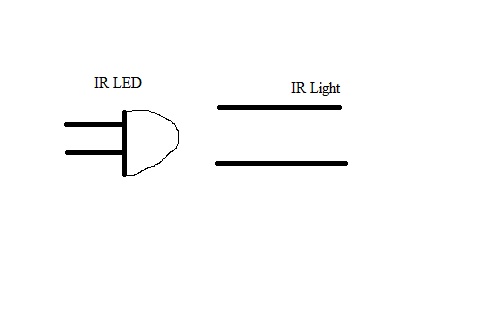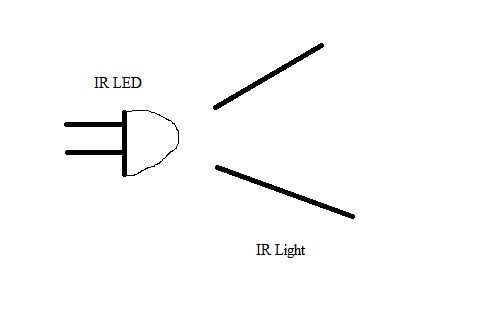electroboy
Member level 5
how will IR light from an IR LED propagate ?
like this below

or

what should i do if i need to place two separate IR transmitters and receivers closely and isolated from each other?
please help.. thanks in advance..
like this below

or

what should i do if i need to place two separate IR transmitters and receivers closely and isolated from each other?
please help.. thanks in advance..
